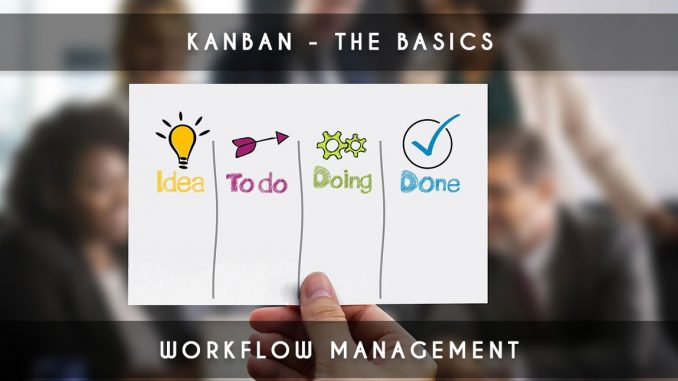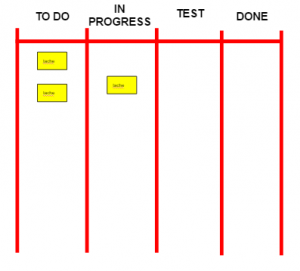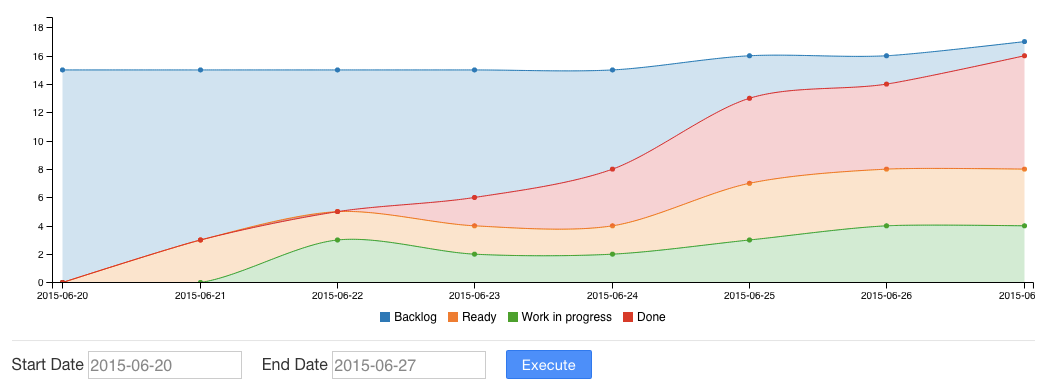
What is Kanban?
Kanban is an approach related to Agile that is easy to adapt and worth knowing, as it can be beneficial in Agile transformations.
While not originally considered an Agile method due to its departure from the “agile manifesto” principles, Kanban is highly adaptable, especially in the IT context. Many practitioners find that it embodies a strong Agile spirit.
You can watch the Agile Minute video on Kanban here:
Origin of the Kanban Method
The term “Kanban,” meaning “signboard” in Japanese, originated in Toyota factories in the 1950s to enhance flow management.
The idea of being able to predict potential obstacles and address them promptly, while also anticipating drops in productivity, drove the method’s development. The methodology involves using a board and stickers (post-its) to represent tasks, ensuring transparency in work progress. This concept bears some resemblance to Scrum.
David Anderson recognized the potential of this methodology to benefit the IT world and introduced a similar methodology for IT, also named Kanban.
Here’s a simple example of an extremely simplified Kanban board in an IT context:

The 4 Principles of Kanban
Kanban is highly customizable, allowing you to adapt it to your context. Here are the four foundational principles of the methodology:
Start with What You Do Today
Implement Kanban by augmenting your existing organization with a board and stickers (post-its). Retain the roles of team members and visualize work in progress or tasks that have been defined on a wall board.
While tools like Trello offer digital alternatives, I recommend using a physical board if feasible, as it maximizes transparency.
Apply Scalable Changes
Once your boards are in place, take advantage of them to change the way teams work. Implement changes gradually to ensure smoother acceptance by the team. Making too many changes at once can lead to resistance and potential failure.
The principle of continuous improvement encourages gradual changes that optimize the transformation process. If a change doesn’t yield the expected outcome, the team can revisit it for improvement or removal. Small, incremental changes minimize the fear of failure.
Respect Actual Roles and Processes
Avoid disrupting existing roles or processes when implementing Kanban, as sudden changes can adversely impact ongoing projects.
Instead of attempting to overhaul roles or processes, adapt the method to fit them. This approach establishes a new way of working while minimizing resistance. Modifications can be considered once the method becomes normalized within the organization.
Encourage Leadership
Promote leadership at all levels to enhance team productivity.
Setting Up a Kanban Board
With a better understanding of Kanban’s foundation, let’s outline the steps to set up a Kanban board:
Transparency
Create a board with at least four classic steps: Ready, In Progress, Test, Done. If your current processes involve additional steps, consider adding them to the board for better visualization.
Limitation of Current Tasks
Avoid overloading the task board; limit the number of tasks to ensure they remain achievable for the team.
Flow Management
Accurate task progress measurement for each stage is crucial. Maintaining a cumulative flow diagram can be helpful in tracking progress. Update it daily, preferably in the morning, if it’s on the wall board.

Moving Rules
Define rules that govern the movement of tickets from one stage to another based on existing company processes.
Ability to Improve
Teams transitioning to Kanban should have a clear understanding of the workflow, processes, and associated risks. Displaying models of these aspects alongside the board can encourage proactive participation in future improvements.
Conclusion
In conclusion, Kanban embodies an Agile spirit, especially when it evolves over time as the methodology suggests.
I’ve applied Kanban several times, and it can truly enhance team workflows. Have you implemented this workflow method before, or are you planning to do so soon? Feel free to share your experiences and feedback in the comments.
You can also explore more articles about Kanban on our Kanban articles page. It’s a comprehensive flow management approach worth exploring.




Be the first to comment